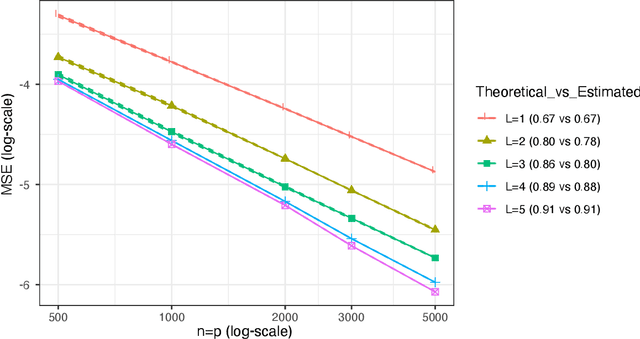On the Optimality of Nuclear-norm-based Matrix Completion for Problems with Smooth Non-linear Structure
Paper and Code
May 05, 2021
Originally developed for imputing missing entries in low rank, or approximately low rank matrices, matrix completion has proven widely effective in many problems where there is no reason to assume low-dimensional linear structure in the underlying matrix, as would be imposed by rank constraints. In this manuscript, we build some theoretical intuition for this behavior. We consider matrices which are not necessarily low-rank, but lie in a low-dimensional non-linear manifold. We show that nuclear-norm penalization is still effective for recovering these matrices when observations are missing completely at random. In particular, we give upper bounds on the rate of convergence as a function of the number of rows, columns, and observed entries in the matrix, as well as the smoothness and dimension of the non-linear embedding. We additionally give a minimax lower bound: This lower bound agrees with our upper bound (up to a logarithmic factor), which shows that nuclear-norm penalization is (up to log terms) minimax rate optimal for these problems.
 Add to Chrome
Add to Chrome Add to Firefox
Add to Firefox Add to Edge
Add to Edge